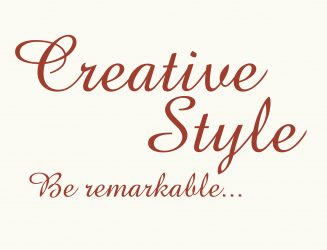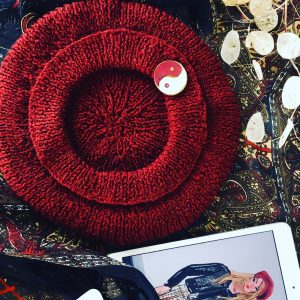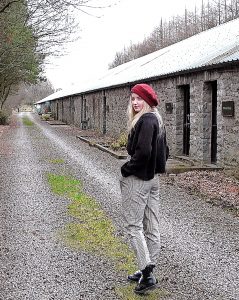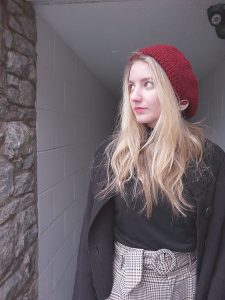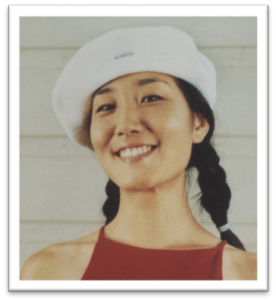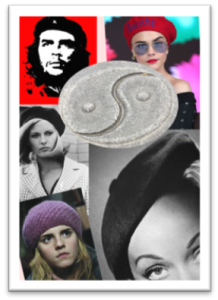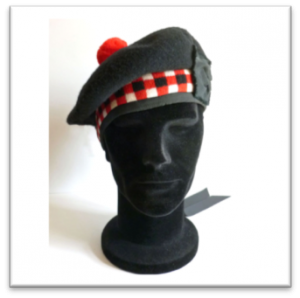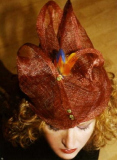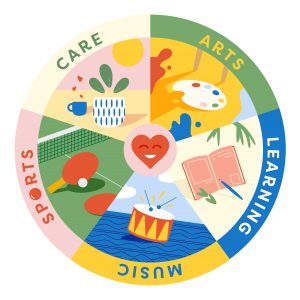
This #wheelofwellness is an easy 5-a-day reminder: a means of staying well, whilst staying at home.
This wheel is a tool created to explore how to remain in good emotional health, whilst enduring this present pandemic. It is a 5-a-day method of keeping you sane. Each segment is easier to do than you think and it will enhance your life beyond the end of lockdown.
The aspects of the wheel of wellness are remembered through the mnemonic CALMS:
CARE: Connect and care for you, yours and your environment even if physical touch is out of reach. This includes taking pride in helping others, home crafts and simple tasks, eg: gardening, cooking etc.
ARTS: In this section I include all fine and applied arts, performance arts and crafts. This is on a professional or amateur level.
LEARNING: You could develop your skills or plan for a new future, including online classes, reading, writing and learning. Creative writing is particularly cathartic.
MUSIC: This is to listen and take part, to sing, play and write .
SPORTS: All sports are proven to be beneficial as indoor and outdoor physical exercise. Outdoor pursuits have particular benefits, such as fresh air, sunlight, vitamin D. But yoga, exercise classes and dance can help with mindful meditative approaches.
All of the above can be carried out in a mindful, meditative or loving fashion, hence the heart at the centre. This is because these actions are all much better done as part of a collective group, team, band, choir, class etc. During Covid-19 restrictions we were able to do that unless we did it online, which is not quite the same. This is why I am sharing the way in which I have been using this research over a period of years now. I feel it is a crucial moment for others to make it work for them even in isolation. I want to share what I have learnt through research and experience. During periods of stress we all need extra toolkits for maintenance of mental wellbeing.
“This CALMS acronym could help us structure our days and cope over the next months within our own homes. This CALMS our minds, it is important to use this simple tool regularly when struggling. An element of each aspect every day is a means to a sane approach, even helps to reduce obsessions and addictions.” M. Toner-Edgar.
It is from a research project applied to the community after being presented at the 8thWorld Congress on the Promotion of Mental Health and Prevention of Mental Disorders Imperial College, London.
Maggi is a designer and maker-in-residence with the Fibre Company and a voluntary Director at the Eden Valley Artistic Network. Previously she was Principal Lecturer of the MA and BA Honours Contemporary Applied Arts at the University of Cumbria and Senior Lecturer at UCLan. Doing this time she undertook experiential learning research, which highlighted the value of the creative making process.
More information can be found on-line at https://evanevents.co.uk or you can contact Dr M. Toner-Edgar, through this blog.

